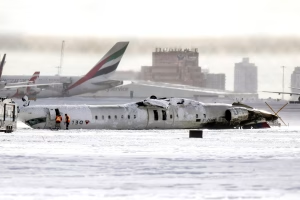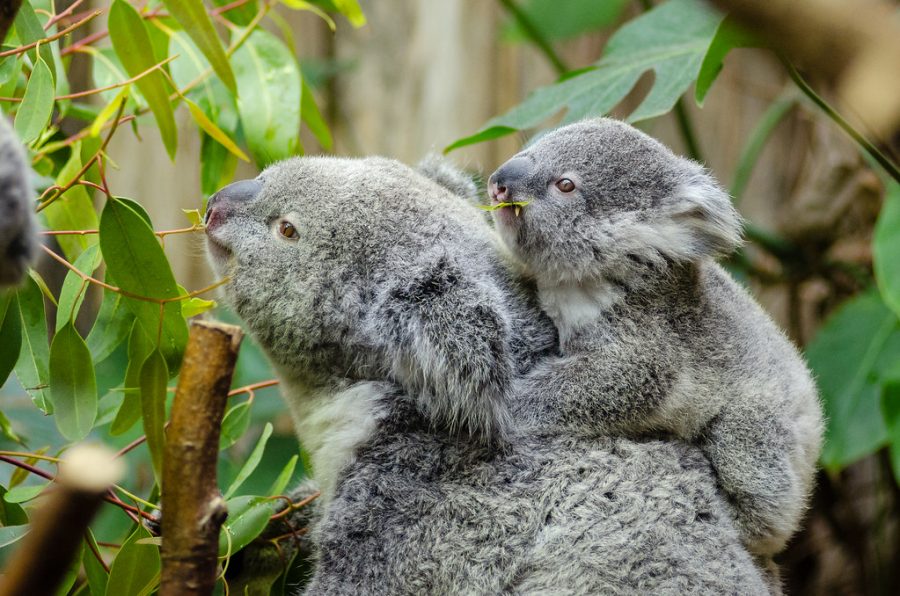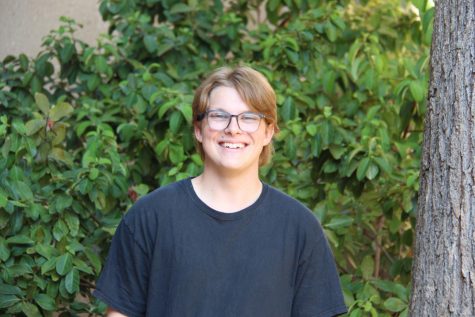Australia fires continue to blaze, causing devastation
February 11, 2020
Since September, bush fires have wracked Australia leaving more than 25 dead and around 2,000 homes destroyed, dramatically showcasing the real threat of climate change and human inability to work together to solve said crises.
Simply calling it a tragedy does not do justice to the situation at hand. Over a hundred fires are cutting a swath through Australia leaving more than the traditional burn scar on the land. These burn scars in the past have helped prevent enormous fires by taking away fuel for future fires. The Aborigines heavily practised this in the form of ‘cultural burns.’ Ever since Australia was colonised in 1788, though, these cultural burns have been slowly eradicated.
Many are concerned about the extreme threat to the wildlife of Australia. It has one of the largest diversities when it comes to animals and plants alike. Many people already know koalas have been endangered for quite a long time, but they are even more vulnerable now. Koalas are slow moving creatures, so it should come as no surprise that escaping a raging wildfire is virtually impossible for creatures like them.
Aside from koalas, there are still two thirds of the 250,000 different insect species that have not even been named which could have gone extinct from the very real, and uncontrolled fires.
Australia has a history with bush fires, for over a century the people living there have had to deal with them. Usually, controlled burns can be used to prevent fires from going too far. Also, fires are a natural disaster, they have a function. Certain beetles lay their eggs in the embers of a burnt tree because they need the heat provided. After a fire, vegetation regrows and life can begin again, a real life version of the symbolism behind the phoenix.
This year is different, however. The exceptional drought and record temperatures have led to over a hundred fires burning through the land, threatening New South Wales and Victoria mainly, thousands have been evacuated and millions of acres have burned. Wildstock die by the thousands and people are losing their jobs and homes. On Sunday, Jan 5th, 170 people were evacuated from Mallacoota, a town on the southeast coast, via an air force C-27 cargo plane. This was real action, yet everyone still prefers to debate whether or not climate change exists.
The scene is nostalgic of apocalyptic movies and books. Smoke is so thick there are possible long term effects on people’s respiratory health in victoria and New South Wales. 7News Sydney reported the equivalent consumption of cigarettes daily from smoke inhalation was 19. In fact there is so much smoke that some of it is reaching New Zealand. According to Fay Johnson, an environmental health professor, if the smoke goes away a healthy person can withstand it.
Ironically, the high smoke levels provides scientists with an opportunity to study long term effects of large scale smoke. People struggling with depression, like Peggy Stone, find their battle suddenly becoming an uphill one because they can’t even see the sun.
Another big concern is the spread of misinformation. Due to the political implications of the fires in concern to climate change, many people all over the world are quick to jump to conclusions and use specific instances to support whatever they believe. An Australian professor, Christopher Dickman, told the media that around one billion animals have died from the fires. His estimate is based on some amount of research from a 2007 report on the effect of clearing land on Australian wildlife., but it has no real scientific value because it ignores so many factors, like birds flying away, or animals that heeded their survival instincts and were able to flee. The fact is, that until actual data can be collected this number has no footing. It is impossible to know exact numbers or anything more than the roughest of estimates. General rule of thumb when it comes to science, never trust big, round numbers.
People trying to disprove global warming’s effects, like the prime minister of Australia Scott Morrison or anti-climate change believers, on the situation are themselves quick to jump on the fact that arson may have caused some fires in australia. Yes, the New South Wales police department did arrest many, fined more, and gave warnings to even more about fire related crimes. However, arson couldn’t have possibly started all of the fires. There are too many fires that are much too large to have been any less than dry trees and lightning or other such occurrences.
Maps of the fire are sometimes exaggerated or artists will make a creative piece that looks so realistic that it is mistaken for official. Again, all of this is spreading falsehoods about a real, genuine issue.
Experts predict that this scale of fire could become the norm. If not every year, it could be every two to five years, but even if it occurs only once every ten years, it would still be too frequent to fully recover from.
There are people who believe in climate change or global warming due to carbon emissions, there are those who believe in climate change but don’t believe it’s because of emissions and there are those who refuse to believe in climate change at all. Everyone has their own opinions, yes? Lovely.
There is a fire burning in Australia. The fire does not care about what people believe, it simply exists, and it will continue to exist no matter what anyone says. It can only be solved through action.
The fact of the matter is that people have died, homes have been lost, sacred sites to the aborigines have been lost, animals are dead, forests are burning, people are choking on smoke, and everyone else argues like little children who don’t get their way. Action needs to be taken since there are more important things than winning a squabble; among them, life.












